Removal of concrete safety planters on SE Salmon raises eyebrows, concerns – BikePortland
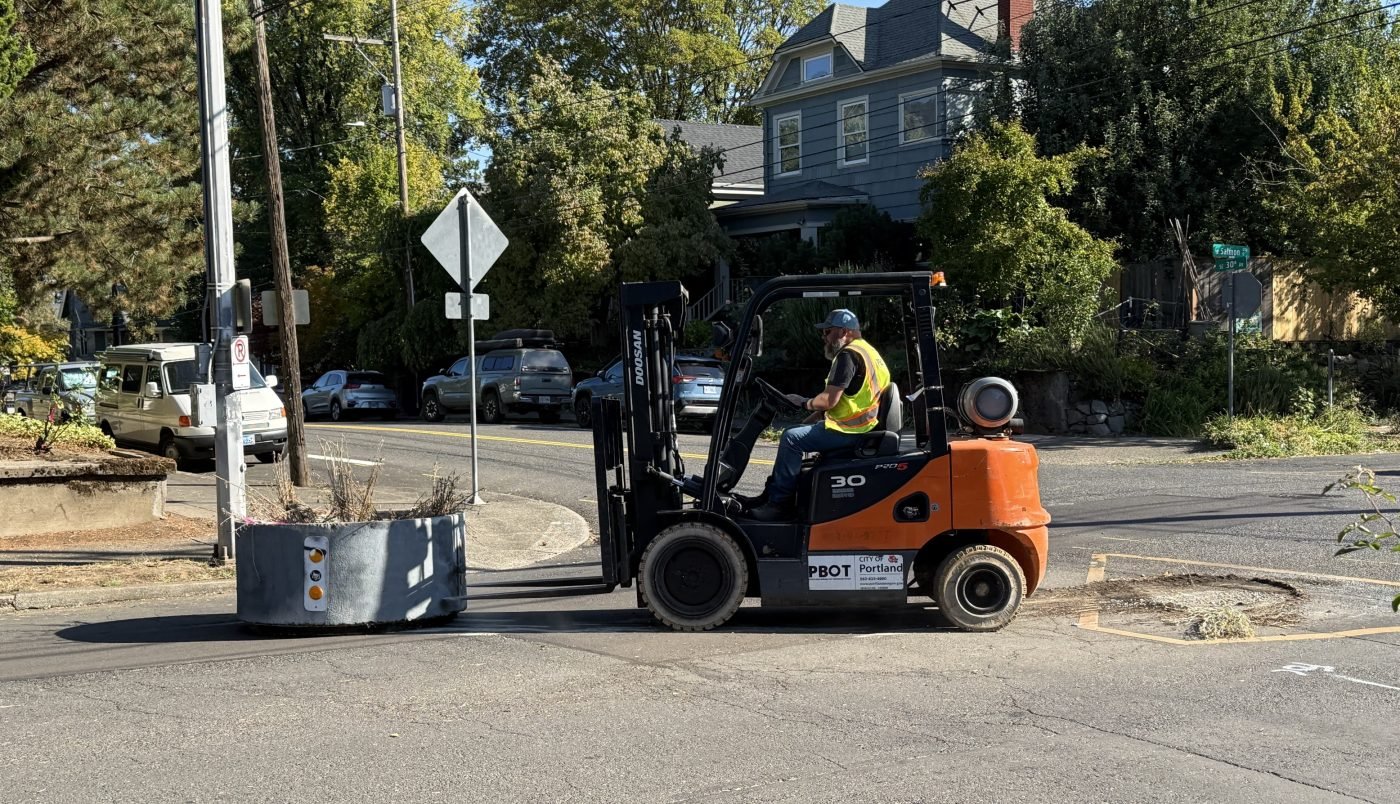
When maintenance crews from the Portland Bureau of Transportation hopped into forklifts and moved the large concrete planters at four intersections along the Southeast Salmon neighborhood greenway earlier this month, I heard about it right away.
Since they were installed four years ago as part of PBOT’s pandemic response to warn drivers they were entering a shared-street environment, these planters acted as 24/7 enforcement against unsafe driving, forcing people in cars to slow down and make safer turns. Not technically diverters, they had the impact of making Salmon much less attractive to car users and therefore a much more pleasant place to bike.
Riders I’ve heard from are frustrated about this on several levels. For some folks, the presence of these planters is the main reason they chose to ride on Salmon. For others, they feel PBOT didn’t warn neighbors or bike advocates about the removal. And given our recent history with diverters, removing important road safety features without proper communication is a very sensitive subject.
There some precedent for removing these planters where drivers tend to hit them too often, but this didn’t appear to be the case on Salmon.
One person I heard from shared a letter from PBOT Capital Program Manager Keith Baich that was mailed to residents along the corridor on August 15th. “PBOT will install pedestrian and bike crossing elements to your SE Salmon Street Greenway at intersections with SE 11th Avenue, SE 12th Avenue, and SE 30th Avenue,” read the letter. “This is a scheduled improvement project to support the pedestrian and bicycle networks in SE Portland.”
But there was no mention in the letter that the concrete planters would be removed.
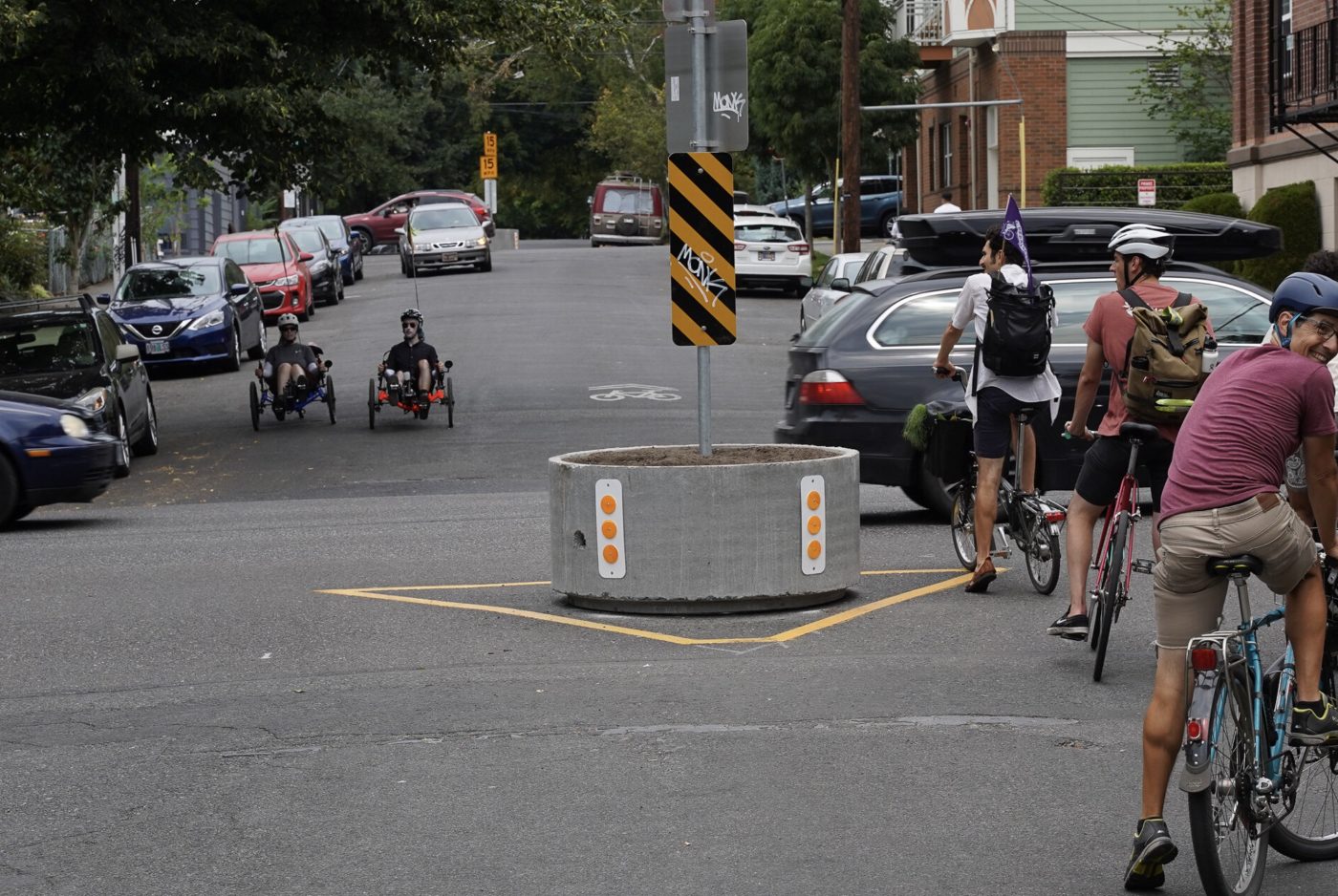
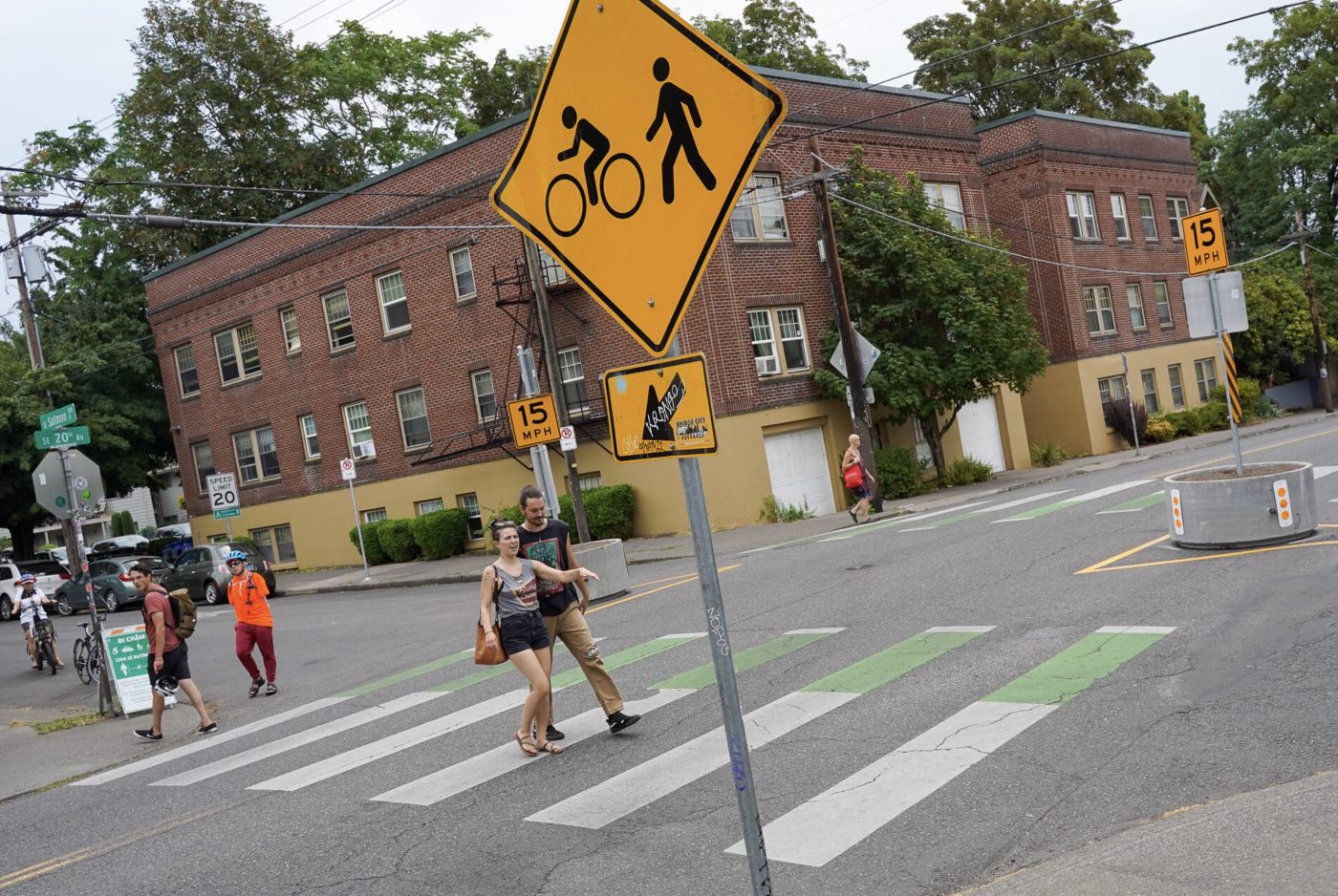
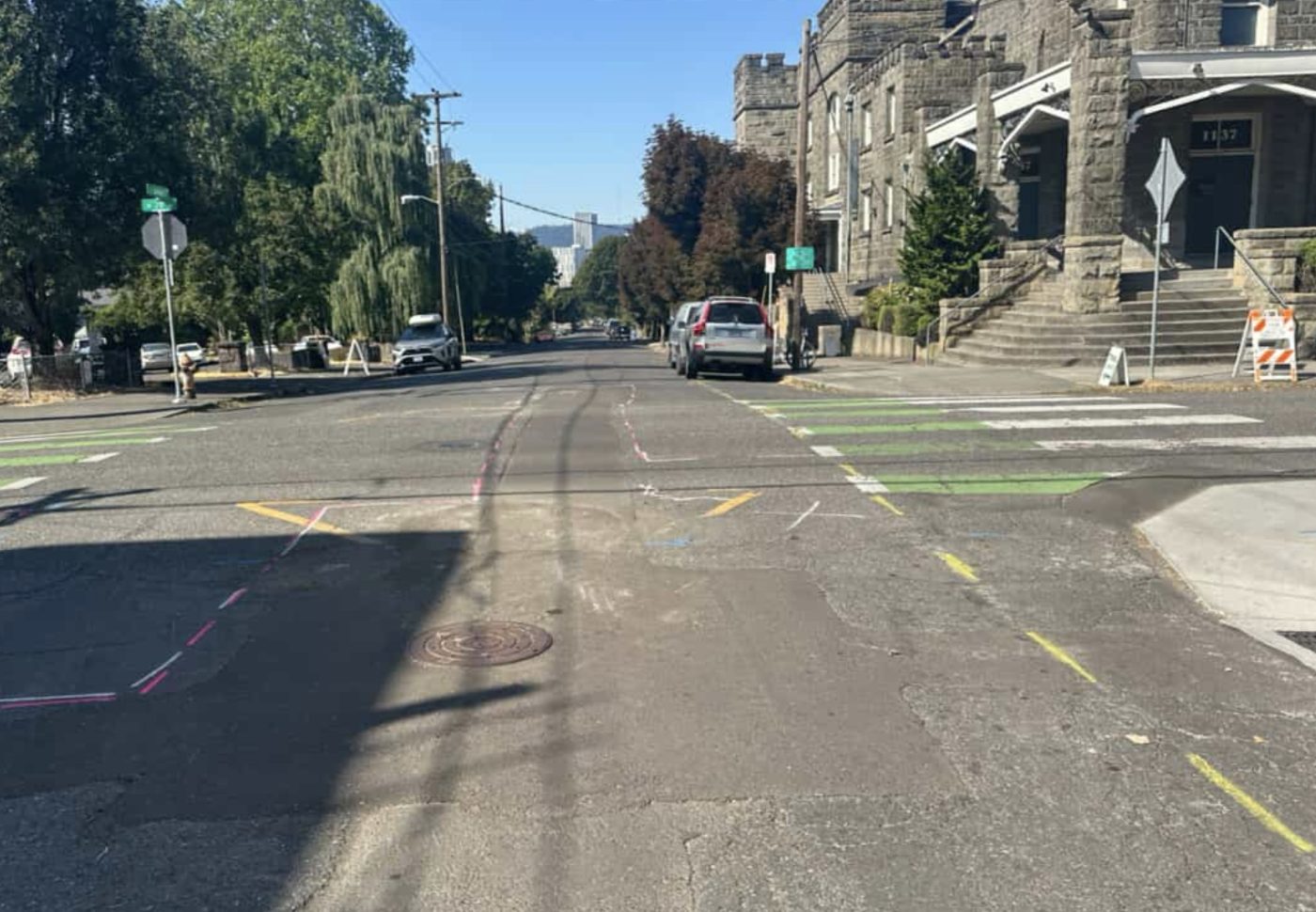
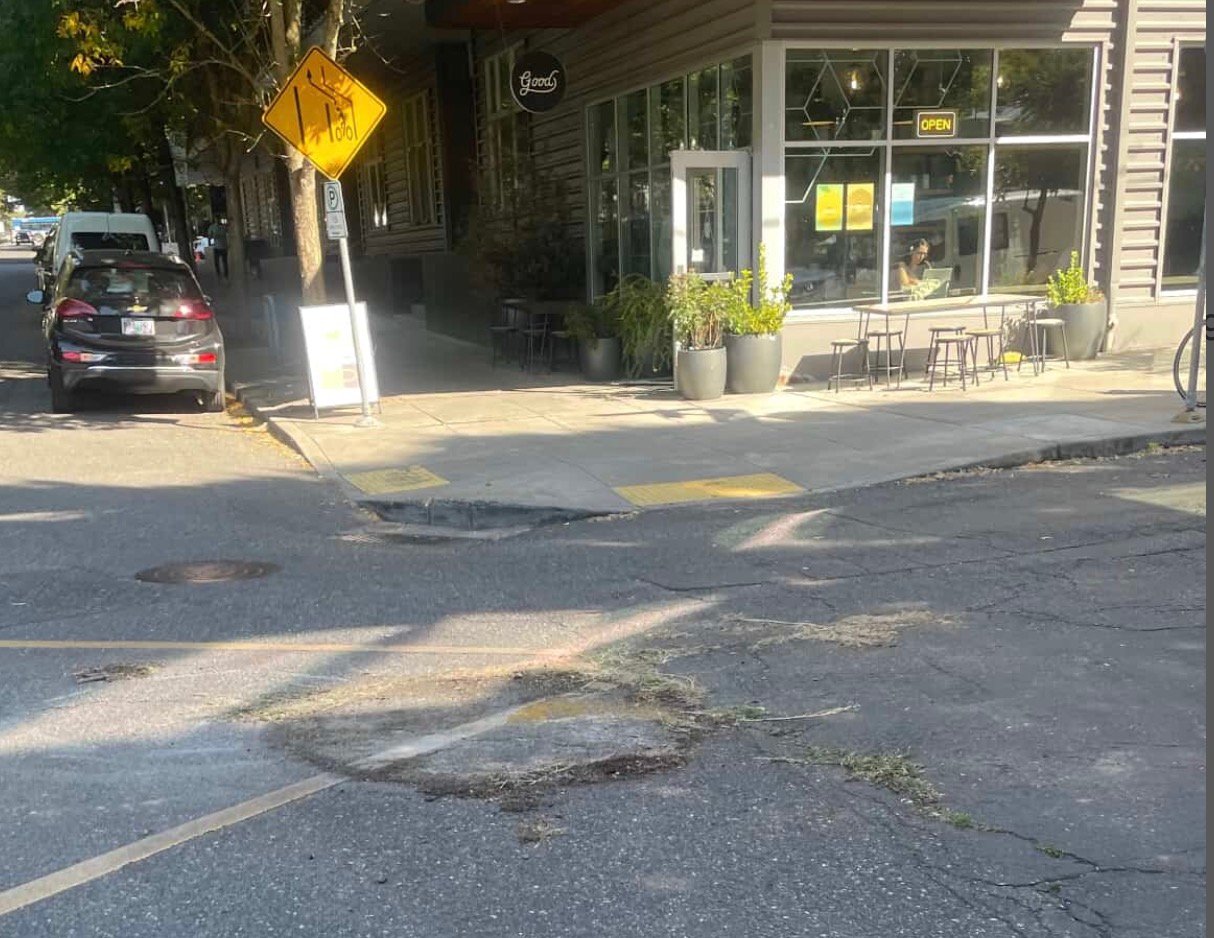
Another person who contacted BikePortland after noticing the removal wrote, “[The planters] really made you feel safer because being at the apex of the hill limited your sight lines looking north. You could tuck in behind the diverter to look down the hill.” Many folks wanted to know exactly what was going on and whether or not the planters would be replaced.
I reached out to PBOT to learn more. Public Information Office Dylan Rivera confirmed with me on Monday that the removals come ahead of a planned construction project that will include “big safety improvements” on Salmon. Here’s more from Rivera:
“The intersections will have more permanent materials that give them a cleaner, more attractive look that will contribute to a feeling of more comfort and safety for people walking, biking or using a mobility device in the area… In their place, we have a contractor preparing to install crosswalks, cross bike markings, parking setbacks, concrete separators, and speed bumps (different treatments at each intersection, depending on engineering analysis).”
Rivera also confirmed that planters have been removed from four intersections: SE 11th, 12th, 20th and 30th. Dylan said the move comes as part of a March 2024 City Traffic Engineer Directive that requires PBOT to replace temporary materials (like these planters, which were ironically considered to be more permanent than the a-frame barricades they replaced) when they require too much maintenance.
Funding for the project comes from the city’s local gas tax-funded Fixing Our Streets program and PBOT expects to begin construction in mid-October.
“We believe the new, permanent materials will be a significant improvement,” Rivera shared.
That all sounds good, but given that the planters are likely to be off the street for at least a month, I’m not sure PBOT fully respects the massive safety impact that comes from stripping a street of its protective barrier while people on bicycles still use it. Would they turn off a traffic signal for a month prior to an electrical upgrade? Or remove lane striping on an arterial before re-striping?
On a thread in the BikeLoud Slack last week, one person posted a photo of planter-less SE Salmon and 30th and wrote, “I almost got hit today by a car turning into me where there used to be a diverter.”
I hope in the future PBOT can find a way to manage a project like this without such a long window of reduced safety before a significant improvement.
Share this content:
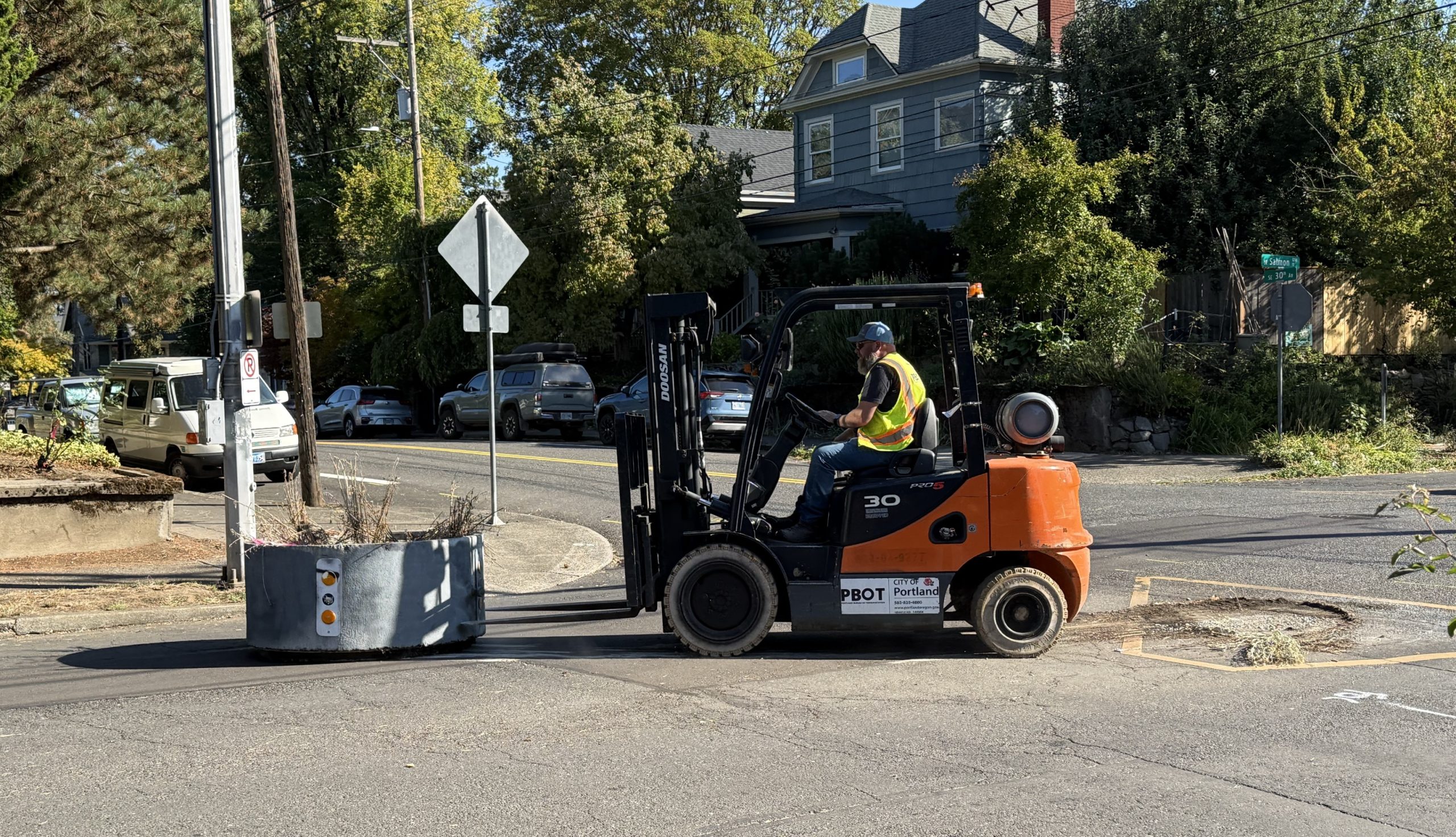

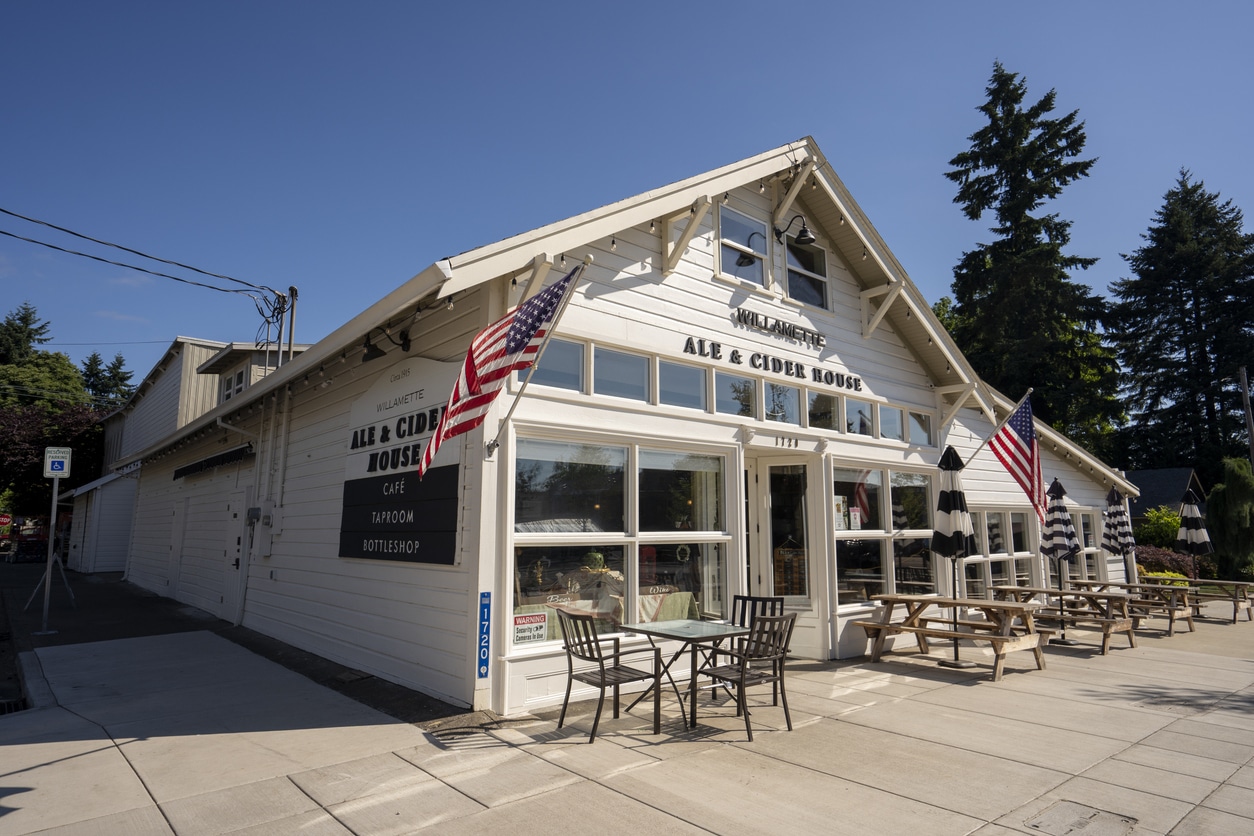
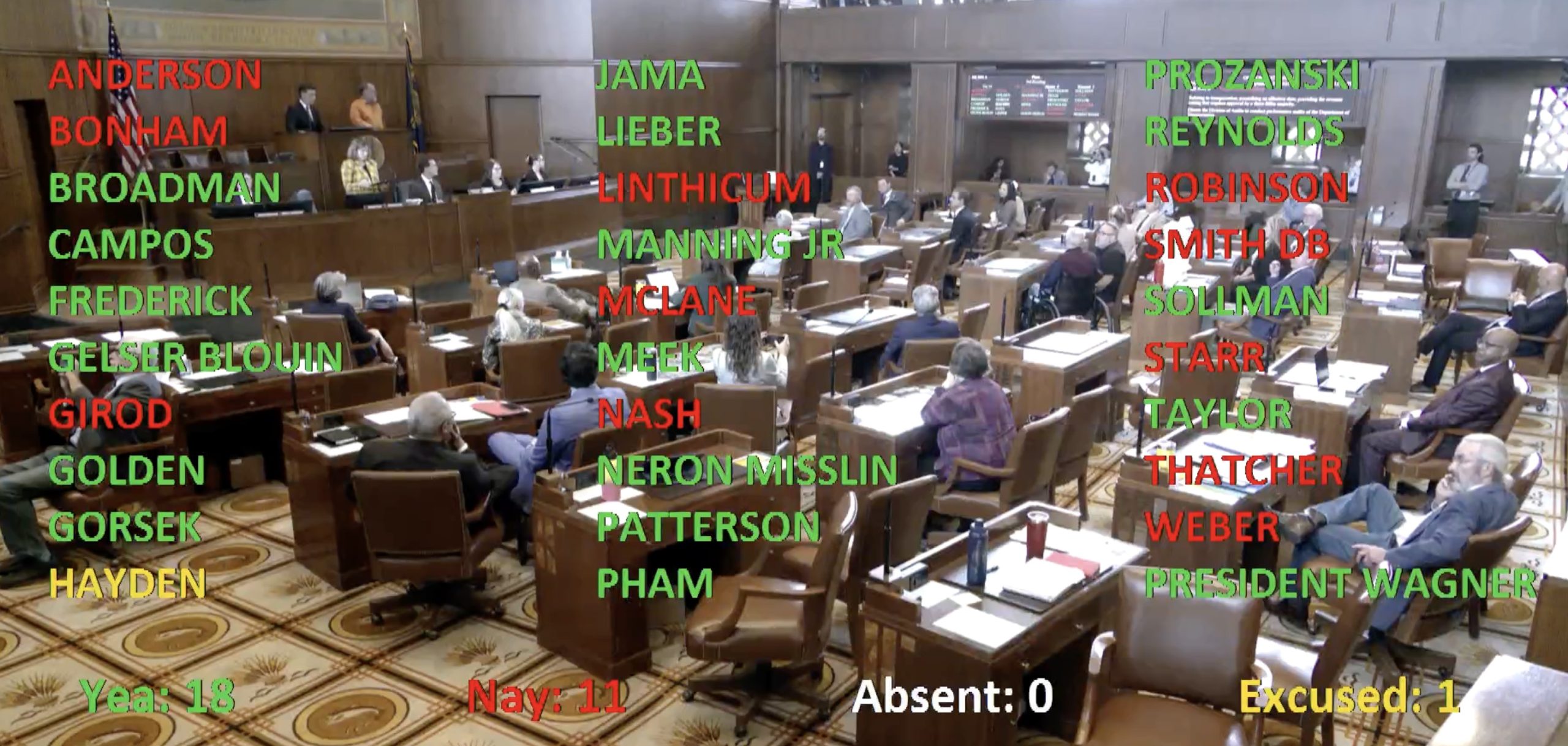

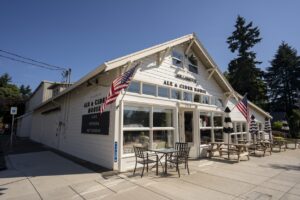
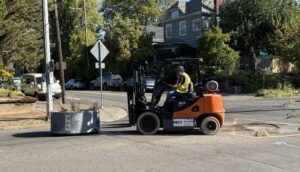




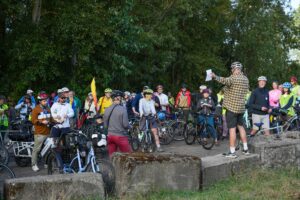

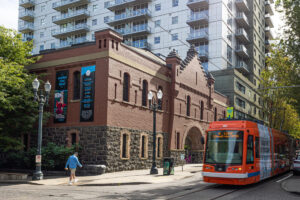

Post Comment